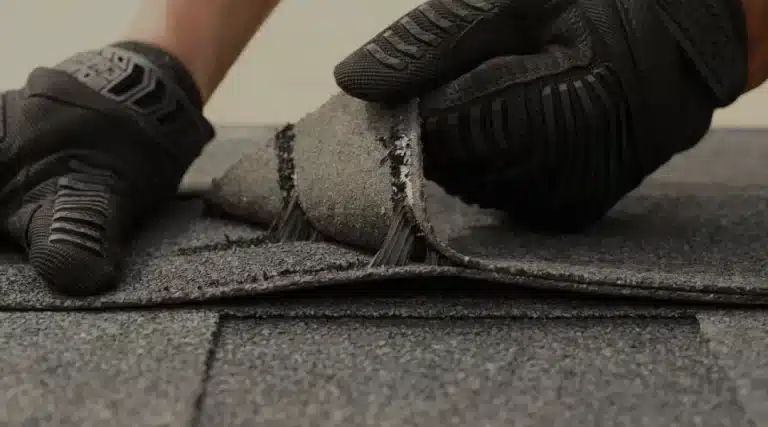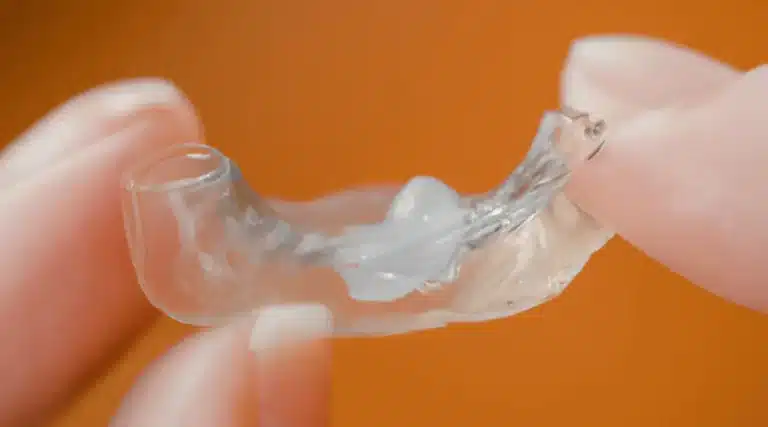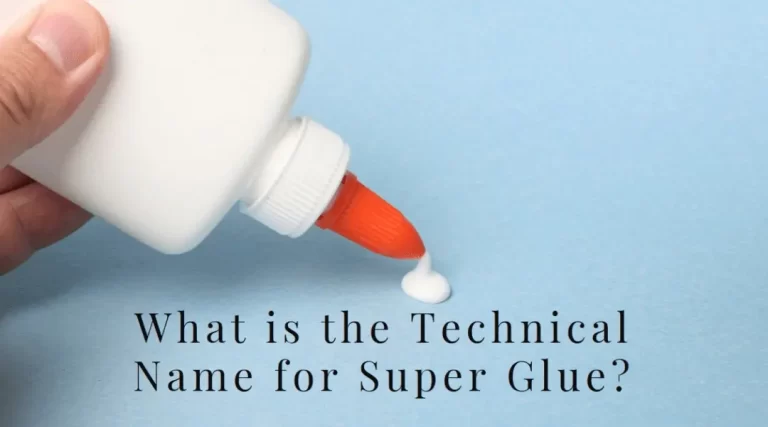Edge banding adhesive may not be the topic of conversation at your next dinner party, but it plays a vital role in the manufacturing of furniture and cabinetry. This often-overlooked adhesive is the unsung hero of the woodworking industry, allowing us to create seamless and durable edges on our favorite pieces of furniture. While it may not be the most glamorous aspect of woodworking, it’s a critical component that can make or break the functionality and aesthetic of a piece.
Edge banding adhesive is a type of glue that is used to attach a thin strip of material, known as edge banding, to the edges of furniture or cabinetry. This process is commonly used to give the piece a finished look, to cover up rough edges, and to protect against wear and tear. The adhesive used in this process needs to be strong, durable, and able to withstand exposure to heat and moisture.
In this article, we’ll explore the different types of edge banding adhesive, its uses, advantages, and disadvantages, and provide tips for using it effectively in your woodworking projects.
What is Edge Banding Adhesive?
The binding material applied to the edge of furniture or cabinets to provide a finished appearance and increase durability is a crucial component in the manufacturing process. This material is known as edge banding adhesive, which is a type of glue used to attach the edge banding to the substrate.
Edge banding adhesive is available in different forms, including hot melt, pressure-sensitive, and water-based. It has several benefits, including providing a clean, finished look to the furniture, protecting the edges from chipping and damage, and increasing its durability.
Application techniques for edge banding adhesive include using an edge bander machine, applying it by hand, or using a pre-glued edge banding. The use of edge banding adhesive is common in the furniture and cabinet-making industry, and its importance cannot be overstated.
The subsequent section will discuss the various uses of edge banding adhesive.
Uses of Edge Banding Adhesive
Edge banding adhesive is a versatile material that finds uses across a range of applications. Its most common applications are found in furniture and cabinetry, where it is used to seal and protect the edges of wooden boards.
DIY woodworking projects also frequently use edge banding adhesive to achieve a professional look and feel.
In addition, edge banding adhesive has industrial applications, such as in building construction and manufacturing processes, where it is used to provide a strong and durable bond between different materials.
Furniture and Cabinetry
Furniture and cabinetry manufacturers often utilize edge banding adhesive to create a seamless, polished appearance for their products. This adhesive allows for the application of a thin strip of material to the exposed edges of wood, providing a finished look that matches the surface of the furniture or cabinetry.
Here are some benefits of using edge banding adhesive in furniture design and interior decorating:
- Provides a seamless and professional look to the furniture or cabinetry
- Protects the edges of the wood from moisture and damage
- Conceals imperfections or inconsistencies in the wood
- Offers a wide range of colors and finishes to match any design aesthetic
- Increases the durability and longevity of the furniture or cabinetry
If you’re interested in taking on some DIY woodworking projects, edge banding adhesive can also be a useful tool. By incorporating this adhesive into your woodworking projects, you can achieve a professional and polished look without the need for expensive equipment or specialized skills.
DIY Woodworking Projects
Woodworking enthusiasts can create professional-looking furniture and cabinetry by incorporating a thin strip of material, known as edge banding, to the exposed edges of wood without the need for expensive equipment or specialized skills.
This technique involves gluing the edge banding material onto the wood using an adhesive, which can be achieved through various methods such as hot melt, pressure-sensitive, or contact adhesives.
DIY woodworking projects can be enhanced by using edge banding to provide a finished look to the edges of shelves, tables, and cabinets. There are different types of edge banding materials available in the market, including wood veneer, PVC, and ABS.
The choice of material depends on the project requirements and personal preference. Woodworking enthusiasts can explore various project inspiration resources online or in print to find ideas for incorporating edge banding into their projects.
With its ease of use and versatility, edge banding has become a popular choice among DIY enthusiasts and professional woodworkers alike.
Moving onto the subsequent section about industrial applications, edge banding has also found its place in the manufacturing industry for the production of furniture, cabinetry, and other wood-based products.
Industrial Applications
The integration of edge banding technology in industrial manufacturing processes has revolutionized the production of wood-based products, leading to increased efficiency and reduced costs. Industrial machinery has been designed to handle the high-volume demands of manufacturing processes, including the application of edge banding adhesive.
The durability and resistance to wear of edge banding adhesive have made it a popular choice for industrial applications. The use of edge banding adhesive has also allowed for the customization of wood-based products, enabling manufacturers to create unique and attractive designs. Additionally, the use of edge banding adhesive has reduced the amount of waste produced during the manufacturing process, leading to a more sustainable approach.
As such, edge banding adhesive has become an essential component of modern manufacturing processes. The advantages of edge banding adhesive are numerous and will be explored in the subsequent section.
Advantages of Edge Banding Adhesive
One notable benefit of utilizing edge banding adhesive is its ability to seamlessly integrate a variety of materials, resulting in a cohesive and visually impressive finished product. This adhesive can be used on a range of materials, including wood, plastic, and metal, making it a versatile option for many industrial applications. Furthermore, edge banding adhesive provides a strong and durable bond, ensuring that the materials remain securely joined over time.
Additionally, this adhesive is easy to apply and can be used with a variety of application methods, including hot melt rollers, extrusion, and spray. It also offers a quick drying time, which can save time and increase productivity. Overall, the advantages and benefits of edge banding adhesive make it a popular choice in the manufacturing industry.
However, it is important to consider the potential drawbacks and limitations of this bonding agent, which will be discussed in the subsequent section.
Disadvantages of Edge Banding Adhesive
Edge banding adhesive has a few disadvantages that can make it challenging to work with. Firstly, it can be messy to apply and can leave behind unsightly smudges if not handled properly.
Secondly, it requires careful surface preparation to ensure a strong bond between the adhesive and the substrate.
Lastly, while it is a versatile and widely used material, edge banding adhesive may not be suitable for all projects due to its specific properties and limitations.
These factors should be taken into consideration when deciding whether or not to use edge banding adhesive for your project.
Can Be Messy to Work With
Working with edge banding adhesive can prove to be a highly challenging and messy task. Over 50% of woodworking professionals report experiencing significant difficulties with its application process. While this adhesive is a popular choice due to its durability and versatility, it can be difficult to work with, especially for novice woodworkers.
The main issue lies in the fact that the adhesive can quickly become messy, making it challenging to clean up. However, there are several clean-up tips available that can help. For instance, using a clean, damp cloth to wipe away excess adhesive can prevent it from drying and sticking to surfaces. Moreover, alternative adhesives such as hot melt or pressure-sensitive adhesives can also be used as a substitute.
It is important to note that while these options may offer a cleaner and easier application process, they may not be as durable as edge banding adhesive. Overall, working with edge banding adhesive requires proper surface preparation and attention to detail to ensure a clean and successful application process.
Requires Proper Surface Preparation
Proper surface preparation is crucial when working with edge banding adhesive, as it can greatly affect the quality and durability of the final product.
Surface preparation techniques, such as sanding and cleaning, must be carefully executed to ensure that the surface is free from dust, debris, and any other contaminants that may compromise the bond strength of the adhesive. Importance of cleanliness cannot be overstated in this regard.
Additionally, the surface must also be free from any irregularities, such as bumps or rough spots, that may prevent the adhesive from adhering properly.
Failure to properly prepare the surface can result in weak bonds, gaps, or even complete failure of the edge banding. Therefore, it is important to take the time to carefully prepare the surface before applying the adhesive.
May Not Be Suitable for Some Projects
While edge banding adhesive is a popular choice for many projects, it is important to note that it may not be suitable for all applications due to certain limitations and considerations.
Suitability concerns may include the type of material that needs to be bonded, the environmental conditions in which the adhesive will be used, and the specific requirements of the project. For instance, edge banding adhesive may not be appropriate for outdoor projects due to its susceptibility to environmental factors such as moisture and temperature fluctuations.
Additionally, some materials such as laminates may require alternative options for edge banding. It is therefore important to carefully evaluate the specific needs of the project before selecting an adhesive to ensure that it will meet the desired outcomes.
With this in mind, it is worth exploring the types of edge banding adhesive available and their respective advantages and disadvantages.
Types of Edge Banding Adhesive
Various types of adhesives are available for bonding the thin strips of material to the edges of wood-based panels, each with their own unique properties and characteristics.
Hot melt adhesive is a popular choice for edge banding due to its fast setting time and strong bond. It is applied using a hot melt edge banding machine, which melts the adhesive and applies it to the edge of the panel.
Pressure sensitive adhesive is another option, which is applied by simply pressing the edge banding onto the panel. This type of adhesive bonds quickly and is easy to use, but may not be as strong as hot melt adhesive.
Lastly, solvent-based adhesive is a more traditional option that requires more time to dry and may have a strong odor. It is important to choose the right type of adhesive for your project based on its properties and your specific needs.
When using edge banding adhesive, it is important to follow proper application techniques and safety precautions to ensure a successful and safe project. Transitioning to the next section, it is important to keep these tips in mind when using edge banding adhesive.
Tips for Using Edge Banding Adhesive
To ensure a successful outcome for your woodworking project, understanding the proper techniques and safety precautions when working with adhesives is crucial.
When using edge banding adhesive, it is important to follow best practices to achieve a seamless and durable finish. Firstly, ensure that the surface is clean and free from dust or debris before applying the adhesive.
Use a roller or brush to apply a thin and even layer of adhesive onto the edge banding and the surface to be bonded. Apply pressure using a clamp or other suitable tool while the adhesive sets to ensure a strong and secure bond.
One of the most common mistakes when using edge banding adhesive is applying too much or too little of the adhesive, which can result in a weak bond or an uneven finish. It is also important to use the correct adhesive for the material being bonded, as different adhesives have different properties and strengths.
By following these tips and avoiding common mistakes, you can achieve a professional-looking finish for your woodworking project.
Conclusion
Edge banding adhesive is a type of glue that is used to attach an edge banding material to a substrate, such as wood or particleboard. This adhesive is commonly used in the furniture and cabinet-making industry, as well as in construction and home renovation projects.
Edge banding adhesive is known for its strong bonding capabilities and ability to withstand heat and moisture. However, it does have some drawbacks, such as its potential for emitting harmful fumes and its limited color options.
Despite its limitations, edge banding adhesive is a valuable tool for those in the woodworking and construction industries. It provides a quick and efficient way to attach edge banding to a substrate, and its strong bonding capabilities make it ideal for use in high-stress areas. Additionally, its ability to withstand heat and moisture makes it a popular choice for use in areas such as kitchens and bathrooms.
However, it is important to note that edge banding adhesive does have some disadvantages. Its potential for emitting harmful fumes can be a concern, especially in poorly ventilated areas. Additionally, its limited color options may not be suitable for those who require a wide range of color choices.
In conclusion, edge banding adhesive is a valuable tool for those in the woodworking and construction industries. Its strong bonding capabilities and ability to withstand heat and moisture make it an ideal choice for use in high-stress areas, while its quick and efficient application process saves time and effort. However, its potential for emitting harmful fumes and limited color options should be taken into consideration when selecting this adhesive. Despite its drawbacks, edge banding adhesive remains a popular and effective choice for those looking to attach edge banding to various substrates.



